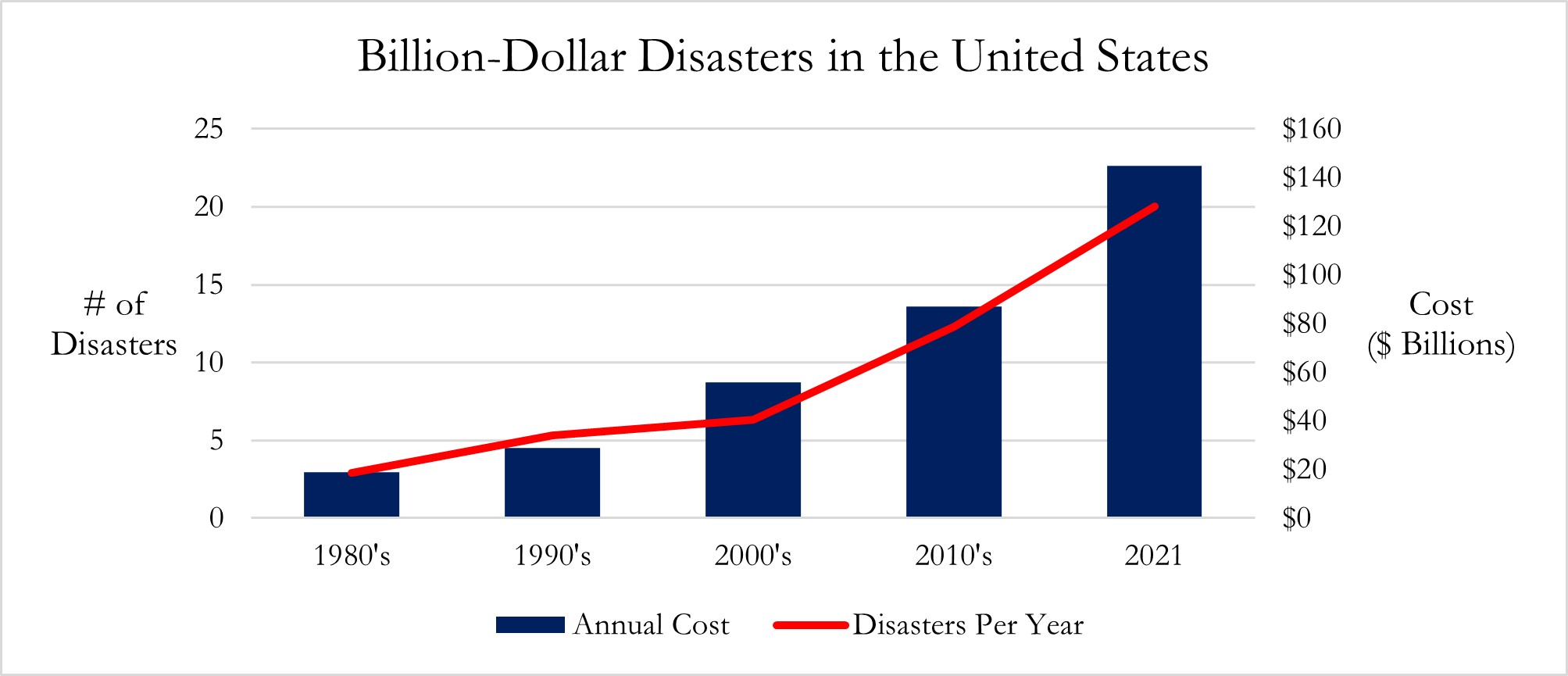Josh Giacalone, Corporate Sustainability Analyst
jgiacalone@haverfordquality.com
The Lifecyle of a Product
Since 1970, April 22 has served as Earth Day, an annual reminder to reflect on the human impact on the environment and consider ways we can reduce, reuse, and recycle. Encouragingly, we’ve seen just how impactful the collective actions of individuals can be. For example, the surge of environmental advocacy in the 1970s and push for nation-wide recycling initiatives has yielded impressive results: the U.S. recycled nearly 14 times more waste in 2018 than in 1970.

Source: U.S. Environmental Protection Agency: Facts and Figures on Materials, Wastes and Recycling (2022)
Despite the progress in recycling shown in this chart, it would be premature to declare our efforts a success. One reason is that we could be recycling much more. Total solid waste in the U.S. in 2018 equaled nearly five pounds per person per day, yet composting and recycling only took care of about 1/3 of that volume. Another opportunity has also been presented as our understanding of climate change has caused a shift in environmental priorities. Many now believe that fossil fuels and greenhouse gases present a greater risk to the environment than waste.
As natural disasters and their associated costs have risen considerably over the past several decades, even central banks are considering ways to evaluate the potential economic impacts of climate change. With flare jeans and other ‘70s fashion trends coming back into style, perhaps it’s time to also revisit that era’s approach to environmentalism. It is helpful to think about the “lifecycle of things,” or how products are created and ultimately disposed of.

Source: NOAA National Centers for Environmental Information (NCEI) U.S. Billion-Dollar Weather and Climate Disasters (2022)
The lifecycle of a product can broadly be defined by four phases: resource extraction, production, use, and disposal. While giving attention to our actions as consumers remains critical, we must recognize that we only control half the lifecycle. In most products we consume, the classic “reduce, reuse, recycle” mantra only applies to the latter two phases. Consumers have little control over the other half, where the resources come from and how a product is produced. The half when materials are extracted from the earth and assembled in a factory also tends to be the more energy intensive portion of the lifecycle of things.
To consider the first two phases, we must turn our attention to corporate efforts. How are the companies you patronize or invest in managing their segment of the product life cycle?
Apple, for example, has stayed ahead of the curve. Already carbon-neutral in its own operations, the company is now working with suppliers to switch from fossil fuels to 100% renewable energy sources. By 2030, every Apple product will have a net-zero climate impact throughout its entire life cycle.
Recycling is also top of mind for America’s largest smartphone producer, and understandably so, as they rely heavily on rare earth metals. The company makes it easy to trade in your old devices with recycling services offered around the globe. Last year, nearly 20% of the materials Apple shipped came from recycled sources.
Today, let’s celebrate all that we’ve achieved since Earth Day began 52 years ago. Companies like Apple also deserve praise for their work to boost clean energy use and make recycling easier. For our part at Haverford, we’ll continue to engage with companies to learn about their efforts and encourage more sustainable practices. It’s up to us as investors to ensure that the progress doesn’t slow.
